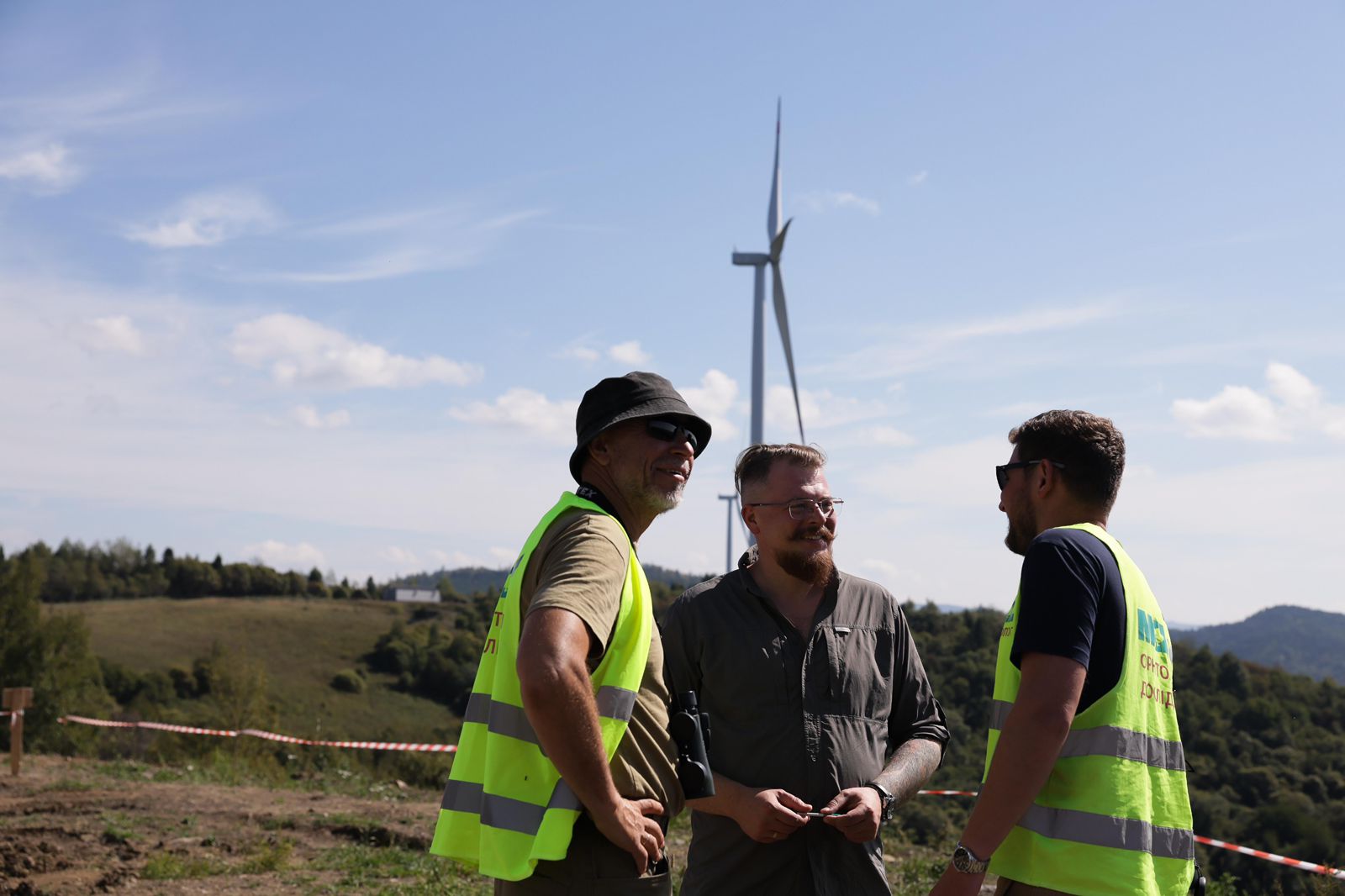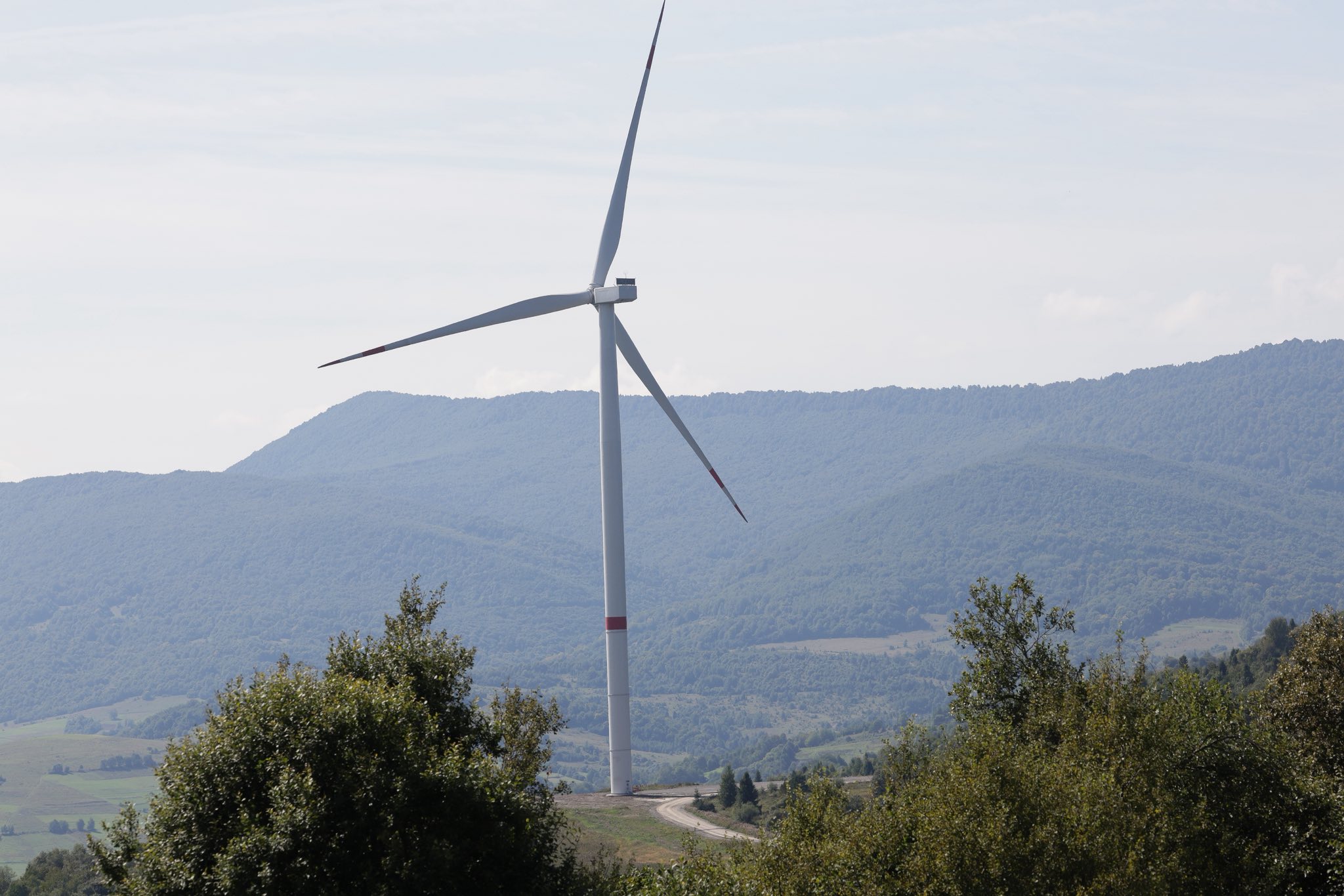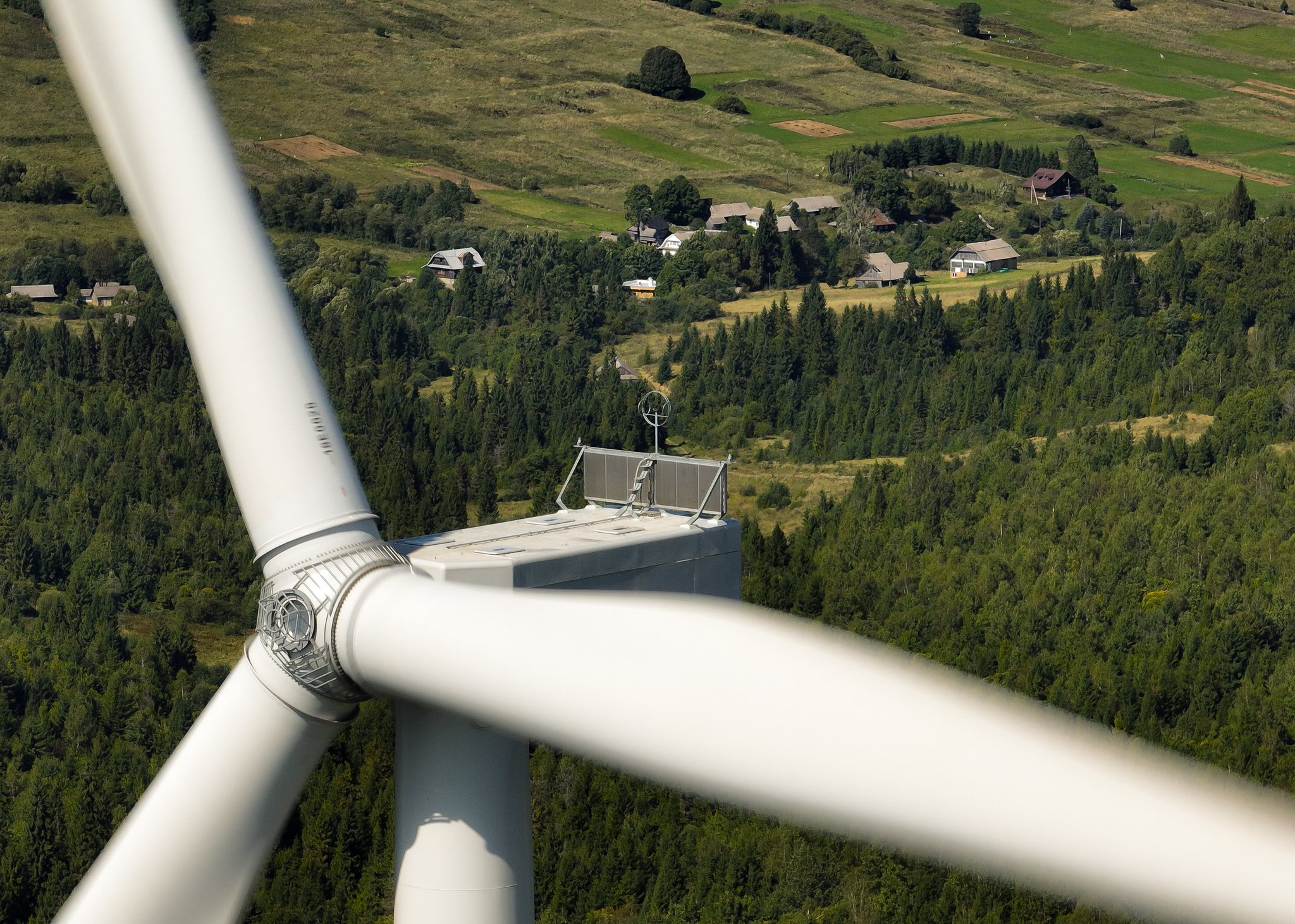
How MCL applies international best practices to assess impacts on birdlife and ensure safe wind energy development
Environmental impact remains one of the most critical issues in discussions around the growth of renewable energy in Ukraine. This is particularly true for wind farm projects in the Carpathians — a mountainous region renowned for its rich biodiversity. At the Ukrainian Wind Energy Forum 2025, Yaroslav Kovhan, Deputy Director for Ecology at MCL, ecologist and ornithologist, shared his insights on the potential impacts of wind energy projects in the region, currently being developed by Wind Parks of Ukraine.
According to Mr. Kovhan, comprehensive field studies have shown that the impact of wind farm construction in the area can be considered acceptable — posing no significant risks to the environment or protected species. Research is conducted year-round, across all seasons, to capture migration and nesting patterns of both birds and bats. At a single observation point, specialists spend more than 120 hours in the field, recording the number of individuals, their species, and behavior.
“Rare species were observed only occasionally and at altitudes where turbines do not pose a threat,” Mr. Kovhan emphasized.
Monitoring & Methodology
Results for the Carpathian Region
Professional Expertise
The Carpathian experience demonstrates that wind energy can grow in harmony with nature conservation. By rigorously applying international methodologies, engaging highly qualified experts, and maintaining systematic monitoring, MCL ensures that the environmental impact of wind farms remains controlled, acceptable, and fully compatible with sustainable development goals.



